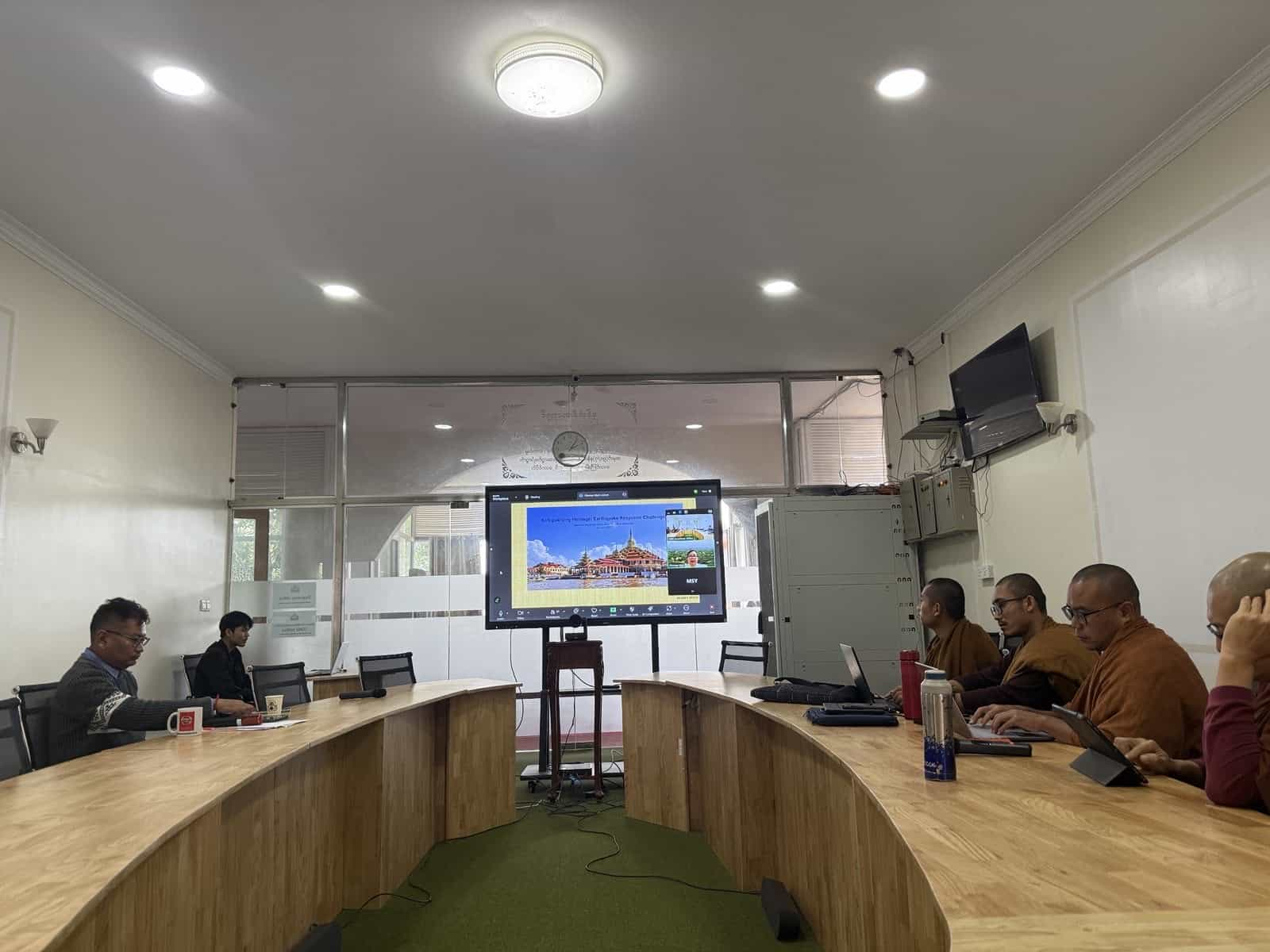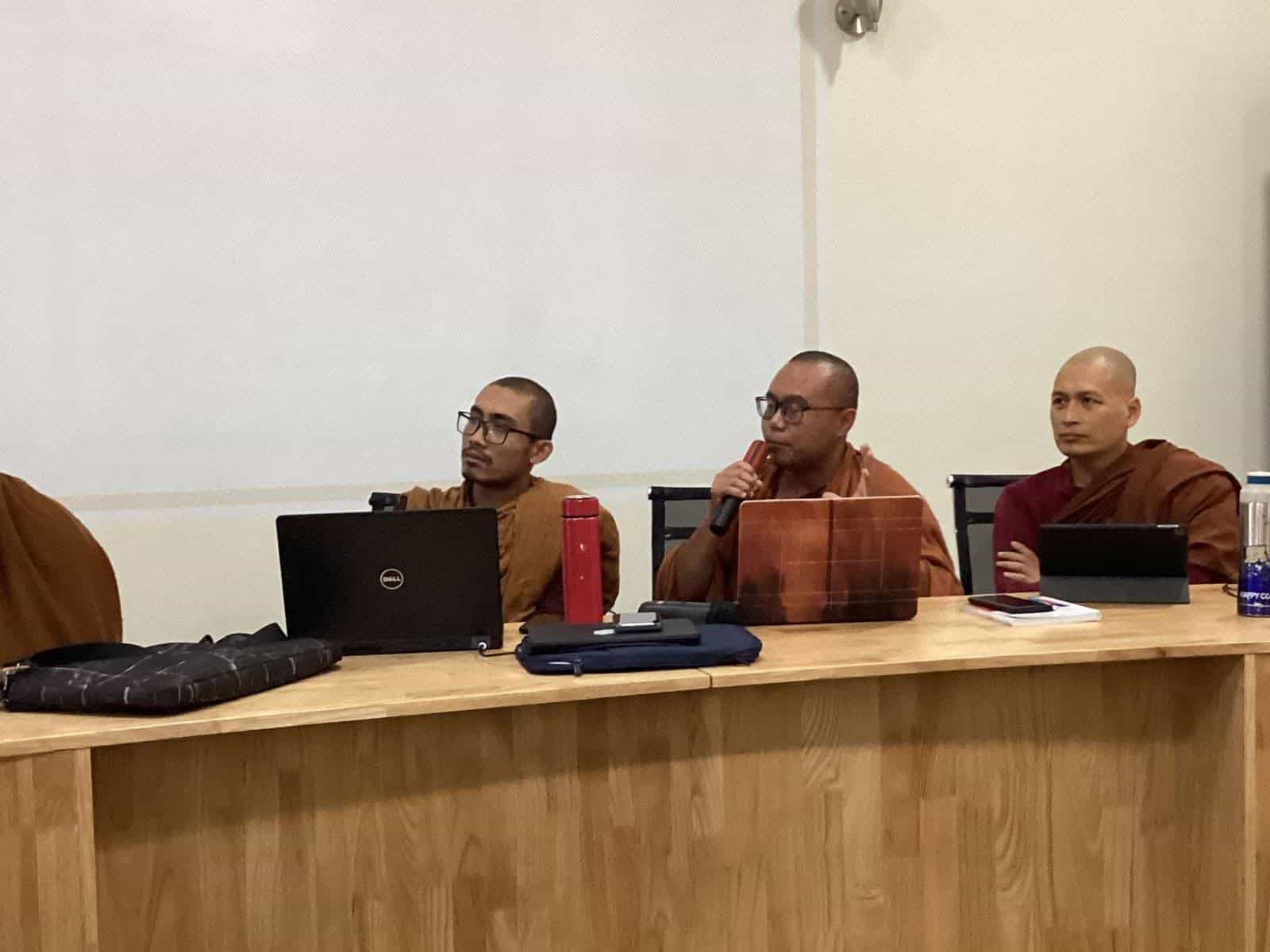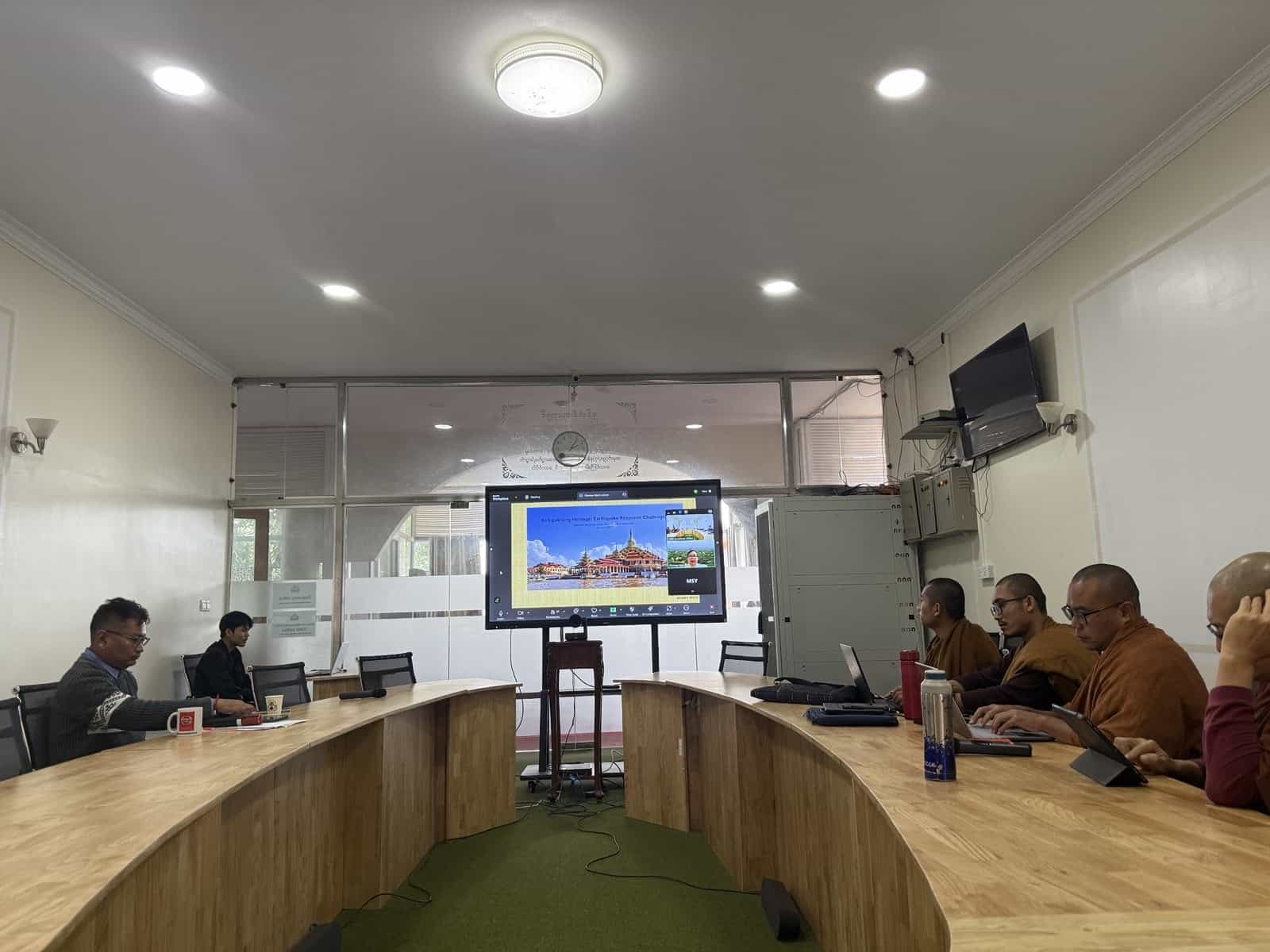This is a special lecture on safeguarding heritage: earthquake response challenges. Introduction to the Speaker by the Moderator, Daw Ohnmar Myo (Senior Researcher, SEAMEO SPAFA Bangkok). at Shan State Buddhist University, Taunggyi, Shan State, Myanmar.

Heritage is everything we inherit from the past, live with in the present, and pass on to future generations.
Tangible heritage – physical objects and places like monuments, buildings, artifacts, and landscapes
Intangible heritage – living traditions such as languages, festivals, rituals, music, dance, and knowledge systems
Natural heritage – ecosystems, biodiversity, and natural sites that hold cultural or spiritual value.
- Renowned expert in cultural heritage preservation, specializing in disaster risk management for Southeast Asian heritage sites.
- Facilitated UNESCO's cultural and natural heritage safeguarding projects in Myanmar (2012-2018), contributing to World Heritage List inscriptions of:
Bagan was inscribed in the World Heritage list in 2019 with the three criteria, iii, iv, and vi.
Criterion (iii)—Bagan is an exceptional and continuing testimony on an impressive and unprecedented scale of the significant cultural tradition of Buddhist merit-making and also as the preeminent testimony to the peak of the Bagan civilization in the 11th-13th centuries CE as the capital of a powerful and influential regional empire.
Criterion (iv)—Bagan is an outstanding and the most extraordinary, rich, and creative ensemble of monumental Buddhist architecture in the region, reflecting the strength of religious devotion and wealth of this early major Buddhist empire and continuous religious commitment.

Criterion (vi)—Bagan is a supreme example of the fundamental historical and living Buddhist tradition of beliefs associated with merit-making, expressed through the remarkable scale, number and density of Bagan’s architectural and archaeological ensemble consisting of surviving stupas, temples, and monasteries, and continuing religious activities.
-Played a pivotal role in UNESCO's response to the 2016 Bagan earthquake
-Key contributor to regional UNESCO/SEAMEO initiatives.
The Pyu Ancient Cities were inscribed in the World Heritage list in 2016. Pyu Ancient Cities includes the remains of three brick, walled and moated cities of Halin, Beikthano, and Sri Ksetra located in vast irrigated landscapes in the dry zone of the Ayeyarwady (Irrawaddy) River basin. They reflect the Pyu Kingdoms that flourished for over 1,000 years
between 200 BC and AD 900.
Criterion (ii): Due to interaction between indigenous Pyu societies with Indic cultures from the 2nd century BCE, Buddhism achieved its first permanent foothold in Southeast Asia among the Pyu cities, where it was embraced by all classes of society from the ruling elite to agrarian labourers.
Criterion (iii): The Pyu Ancient Cities marked the emergence of the first historically documented Buddhist urban civilization in Southeast Asia. The establishment of literate Buddhist monastic communities arose in tandem with the reorganization of agricultural production, based on expert management of seasonally scarce water resources and the specialized production of manufactured goods in terracotta, iron, gold, silver, and semi-precious stones, both for veneration and for trade.

Criterion (iv): Technological innovations in resource management, agriculture, and manufacturing of brick and iron at the Pyu Ancient Cities created the preconditions leading to significant advances in urban planning and building construction. These innovations resulted in the rise of the three earliest, largest, and longest-lived Buddhist urban settlements in all of Southeast Asia.
Heritage is a symbol of unity, identity, and resilience.